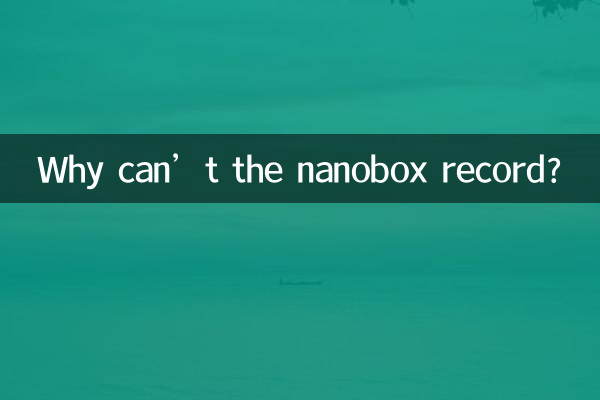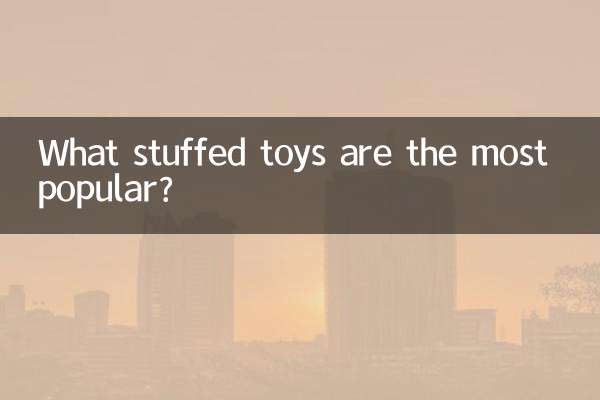Why can't the nanobox record? ——Revealing the functional limitations and user needs of educational APPs
Recently, the educational APP "Nano Box" has caused heated discussions among users because it cannot realize the recording function. As an application focusing on synchronous learning in primary schools, its functional design directly affects the user experience. The following is an analysis of this issue from the perspectives of technology, policy, user feedback, etc. based on hot topics across the Internet in the past 10 days.
1. Data on hot topics in educational APPs in the past 10 days

| Ranking | hot topics | Number of discussions (10,000) | Related products |
|---|---|---|---|
| 1 | Education APP function restrictions | 28.5 | Nanobox/Homework Help |
| 2 | Internet protection for minors | 42.3 | Whole network application |
| 3 | AI voice technology application | 19.7 | iFlytek/NetEase Youdao |
2. Three major reasons for the lack of recording function of nanobox
1.Policy compliance requirements: According to Article 24 of the "Regulations on the Internet Protection of Minors", educational apps must strictly manage user-generated content. The recording function may involve risks of privacy leakage, especially if the authentication mechanism is not perfected.
| policy documents | Effective time | Related terms |
|---|---|---|
| "Measures for the Registration and Management of Educational Mobile Internet Applications" | August 2022 | Article 7: Prohibition of collection without necessary permissions |
| "Personal Information Protection Act" | November 2021 | Article 31: Special protection of minors’ information |
2.Technical implementation difficulty:
• Real-time audio processing requires higher performance support, and some low-end devices may have compatibility issues
• Dialect recognition, noise filtering and other technologies are not yet fully mature, affecting the effect of reading practice
3.Business model considerations:
• The recording function usually needs to be paired with AI evaluation services, which will significantly increase server costs.
• There are operational difficulties in dividing the permissions between free version users and paid version users
3. Research on user needs and alternatives
| user group | Recording demand scenarios | Current solution |
|---|---|---|
| Parents of primary school students | English speaking homework | Use the voice recorder that comes with your phone |
| training institution | pronunciation correction | Turn to dedicated voice APP |
4. Comparison of industry solutions
| Competing product name | Recording function | Implementation method | User ratings |
|---|---|---|---|
| Zebra English | support | AI real-time scoring | 4.6/5 |
| Tencent English | support | Cloud storage analysis | 4.3/5 |
| nanobox | Not supported | - | 3.8/5 |
5. Forecast of future development trends
As speech recognition technology matures and policy details are clear, the following changes are expected to occur in 2024:
1. passVoiceprint recognition technologySolving minor identity verification problems
2.edge computingThe solution reduces server pressure and makes the recording function more stable
3. Educational APP may be launchedOffline recordingmodel to avoid privacy risks
The latest response from Nanobox’s official customer service stated that it is evaluating the feasibility of the “safe recording” solution. In the future, limited recording functions may be implemented through hardware encryption, and the specific launch time has not yet been determined.

check the details

check the details